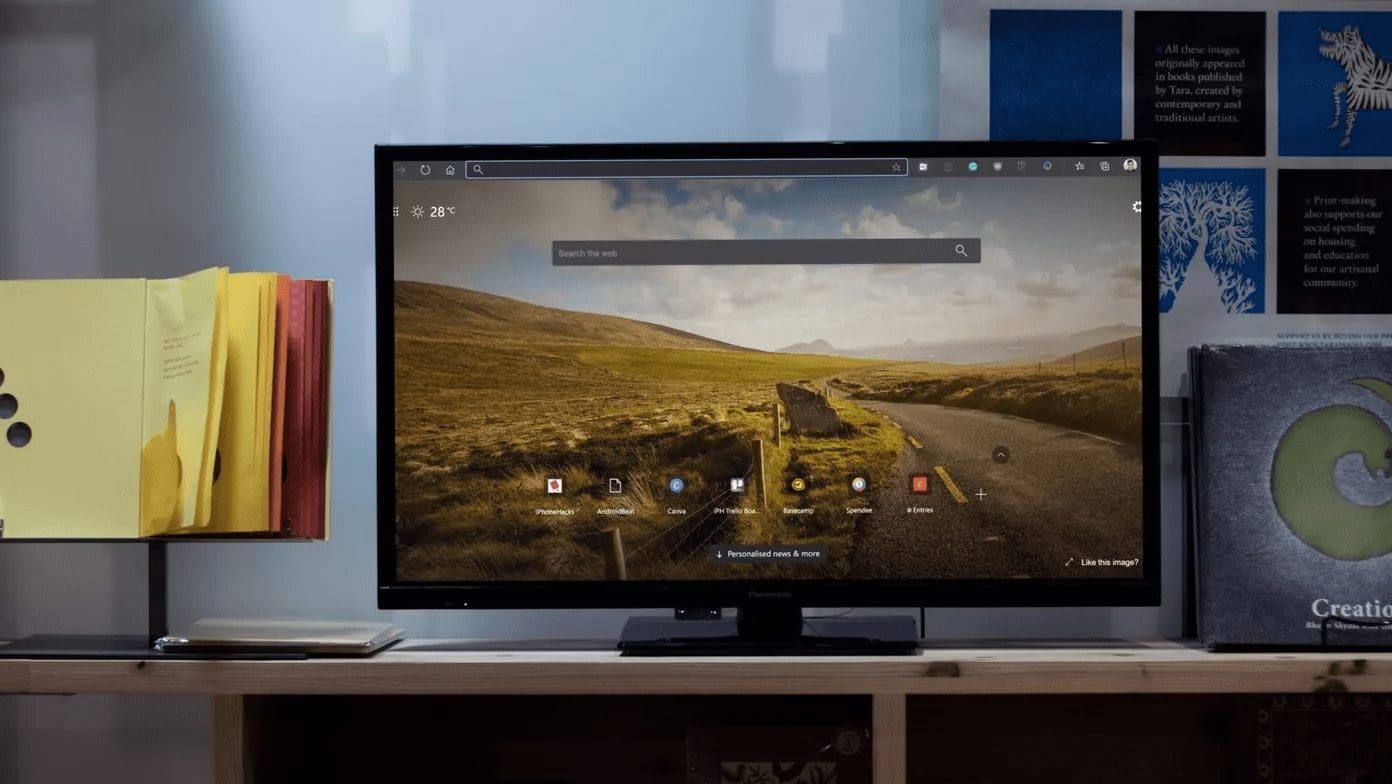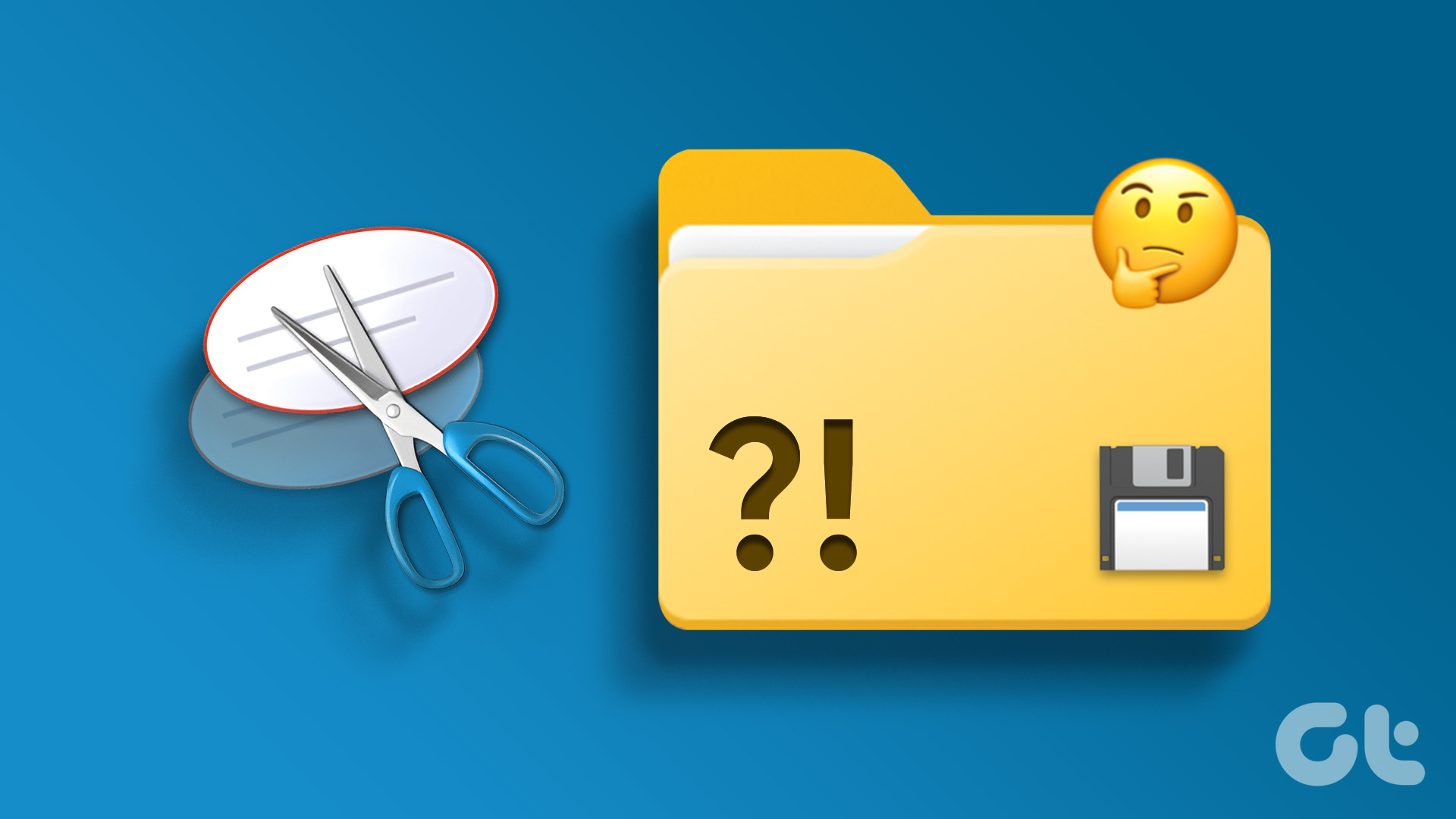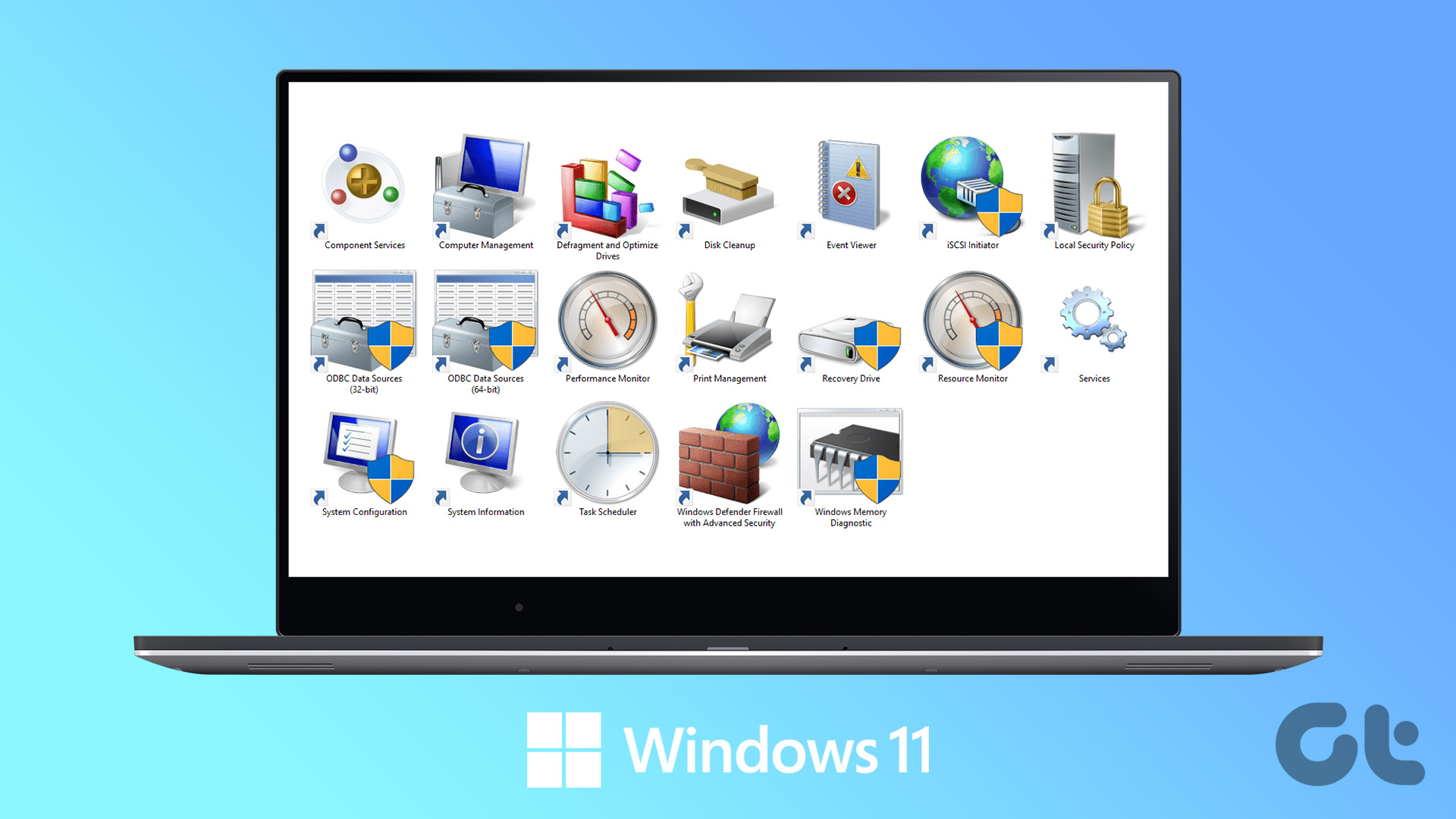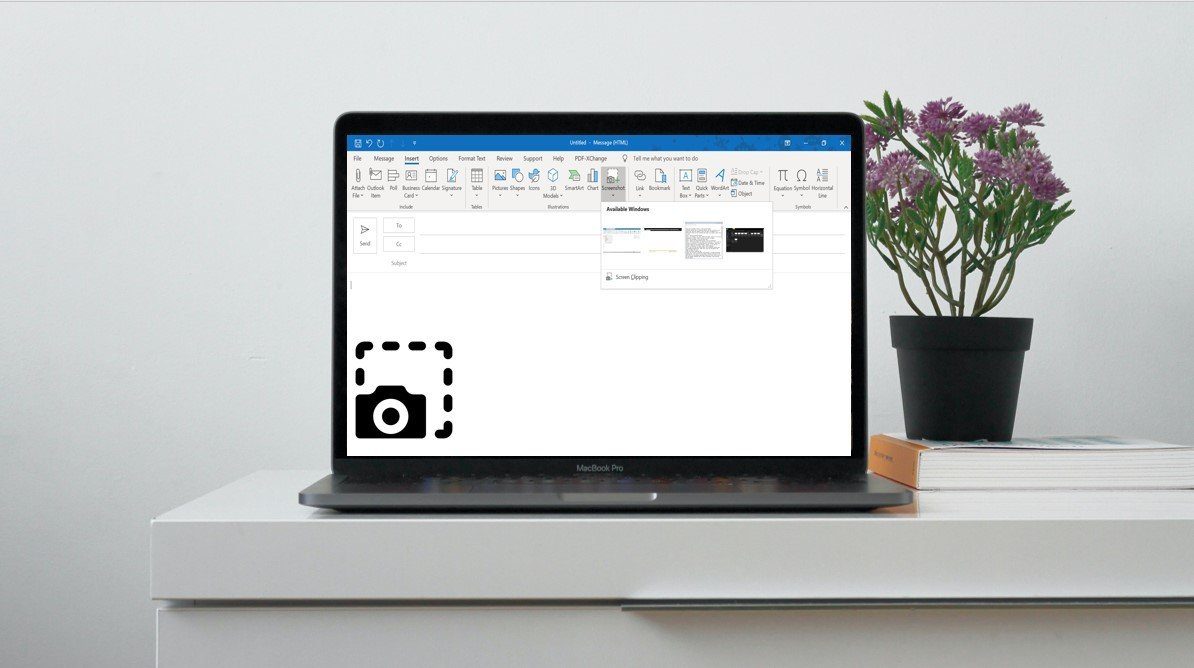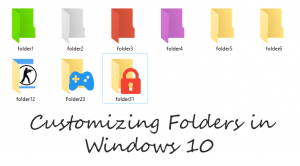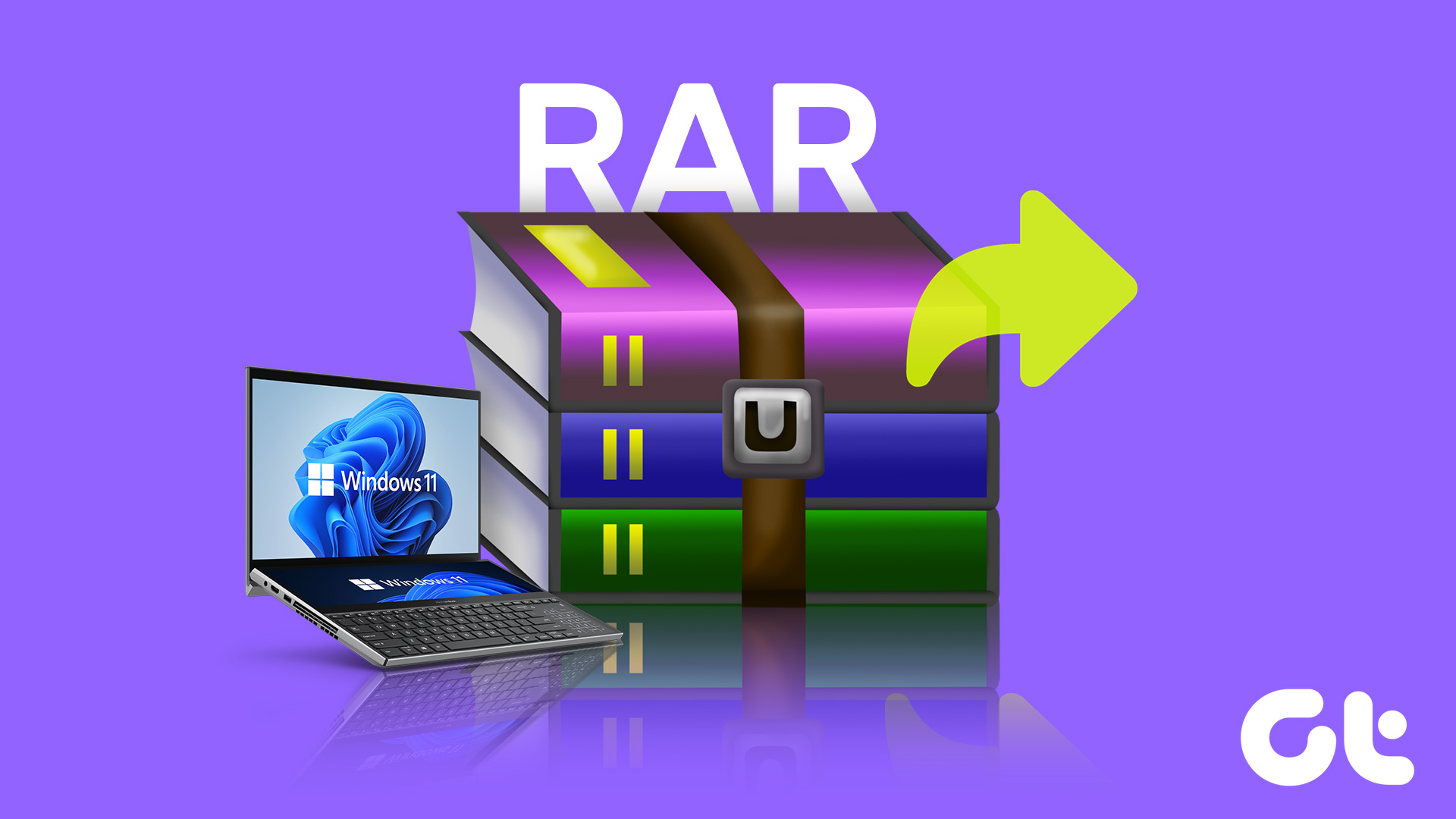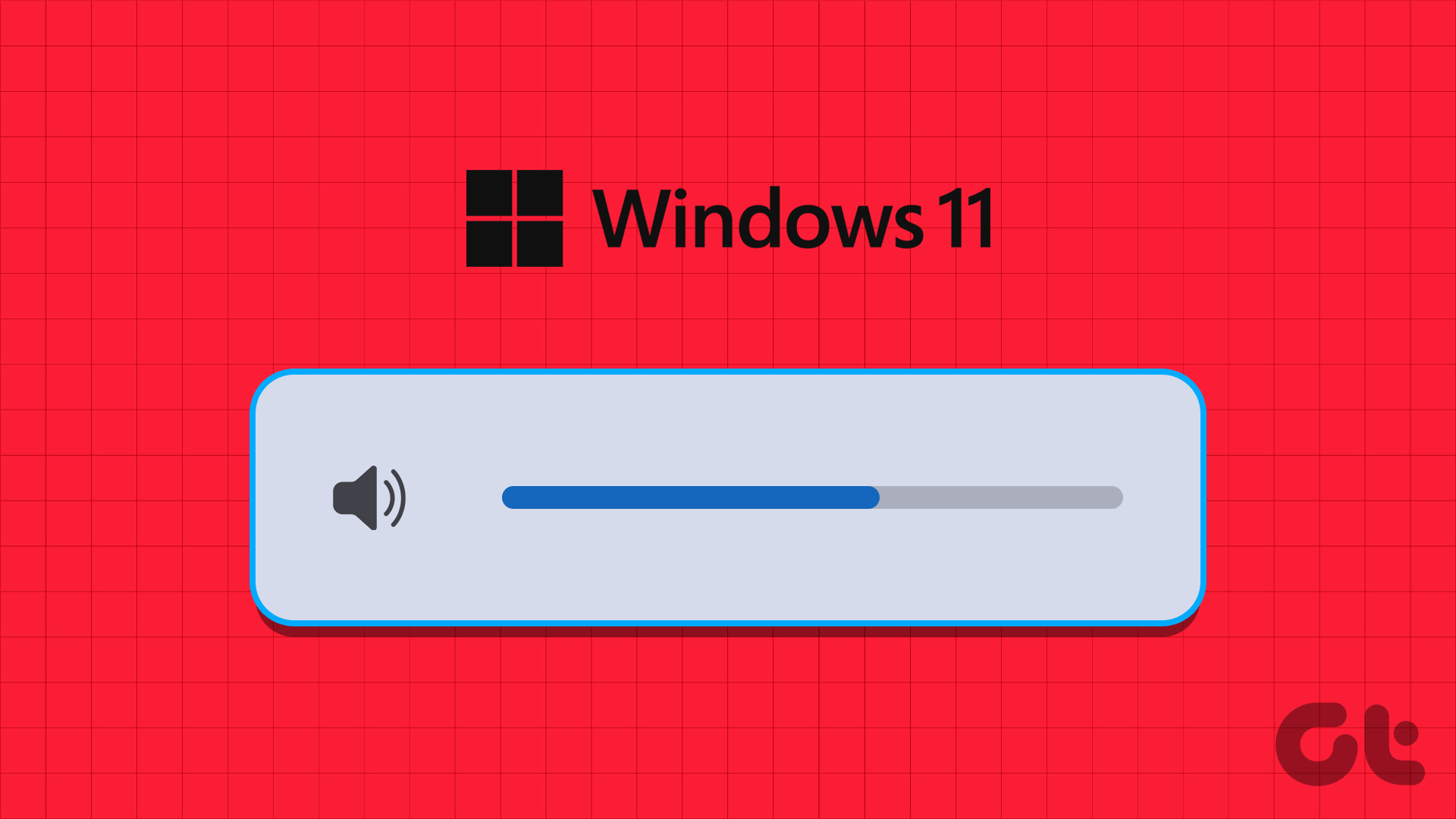Just think for a moment. Wouldn’t it be great if you could keep track of all the activities you did on your computer. More of like keeping a history of them. That way you would know which software you opened at what time and even check if someone else used it. Well, no operating system has this feature built-in. But, what they do have is the ability to take screenshots.

So, what I’ll show you today is how you can automatically take screenshots at regular interval while you work on your Windows PC and automatically save them in a folder. Thus, you’ll have a history of all your activities that you did in the form of images. There are two different ways to do it. So, let’s dig in.
1. Automatic Screenshotter
Automatic Screenshotter is a totally free tool and has no payment barriers. It lets you take screenshots of your current screen at regular intervals. You can set your own time intervals. After taking screenshots, it gets saved in PNG format to its designated folder. You can select your own folder and even change the name of the screenshot to differentiate and identify the screenshots based on day, time and year.
If you want to take screenshots of a specific application(s) at regular intervals then you can do it too. You can even exclude certain applications from screenshots. Also, you can perform manual screenshot. So, let’s see how to configure Automatic Screenshotter.
Automatic Screenshoter Configurations
Download and install Screenshoter. I specifically chose this application because all the features are free to use. The installation doesn’t require any additional installations and it’s easy to use.
After installation completes, the software will start running in the background. It will be available in the system tray for quick access. Right click on the icon and you’ll get a bunch of options for quick actions.
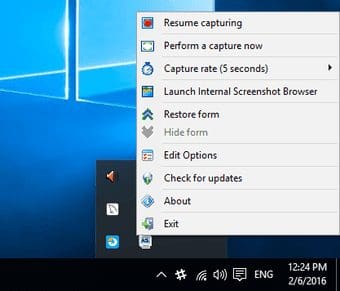
The screen capture will be turned on by default. You can suspend it from here. Then you have a quick option for manual screen capture and option to set time interval.
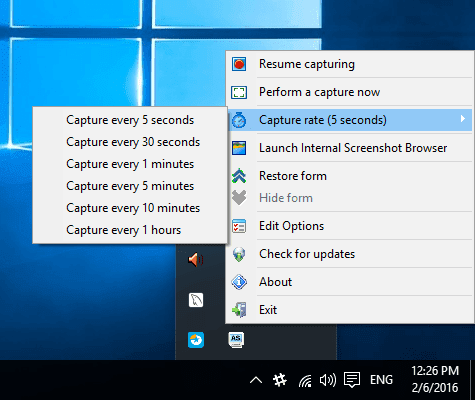
Then comes the image browser. Here in this Screenshot Browser, you can browse all your screenshots in periodic order. As shown in the below image, the screenshot thumbnails are organized based on the date and time. You can get options to change the view mode. One of them is the Grid mode in which you’ll get bigger thumbnails. You can even filter through these screenshots.
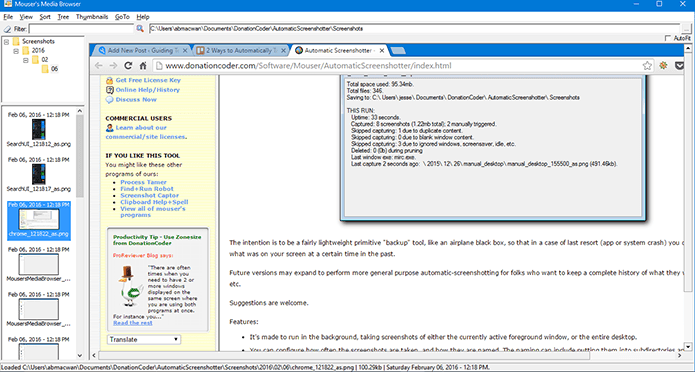
Now, let’s have a look at the settings. Right-click on the system tray icon of the software and select Edit Options. Here, you’ll get a bunch of settings to tweak. I’ll go through some important ones. First, is setting file name patterns.
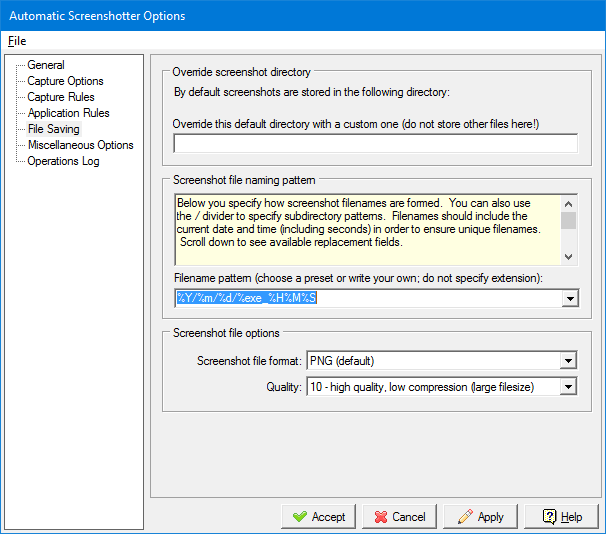
Under File Settings, you can set the default location for screenshots. Thereafter you have the option to set the Filename pattern. Drop down the menu and you’ll get different patterns to choose. Unfortunately, you can’t define your own pattern. And at last, you have image format settings and image quality. If you set the screenshot interval to 5 to 10 seconds you might want to lower down the quality and increase the compression. So further on you won’t get storage problems.
Next, you have the settings for applications that you want to exclude from taking screenshots and the ones that you want to specifically include.

There are two parts – Ignore these applications and Only Capture these applications. You just have to add the .exe filename or else you can add the address of the file.
There are plenty of settings you can explore yourself and customize the application according to your needs.
2. AutoScreenCap – A Lightweight Alternative
If you think the above application has too much to give and you just want something lightweight that can quickly process and take screenshots then you should try AutoScreenCap. It’s of 900Kb and you need not install it. It’s a portable version.
Quick Rundown on its features:
- Set time interval in seconds.
- Select the default screenshot folder.
- Floating Start Capture and Stop Capture buttons.
- Set the image quality. (only JPG support)
- And all of that in one dialog box.
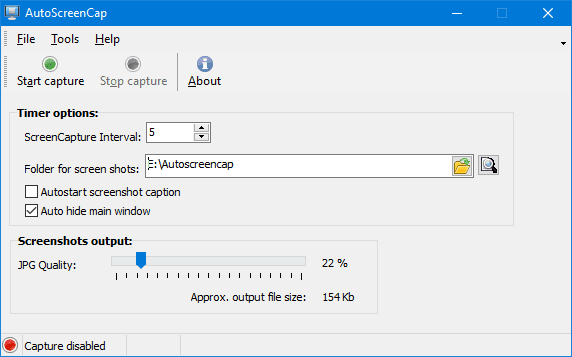
Tip: You’ll have to change the default folder and create one in another drive. The default folder by the software is set to the System drive. As the software is portable and not installed on your system, it will get permission errors and won’t save your screenshots in System drive folder.
How Effective Can these Tools be?
Yes, there are many software out there that can help you remotely monitor your PC. But, this method of monitoring activities can be extended further to achieve other tasks. You can set the default folder for screenshots to Dropbox or Google Drive and access them from any device. This alone makes it an effective tool for remotely monitoring PC. So, let us know down in the comments how effectively will you use it.
Was this helpful?
Last updated on 07 February, 2022
The article above may contain affiliate links which help support Guiding Tech. The content remains unbiased and authentic and will never affect our editorial integrity.

